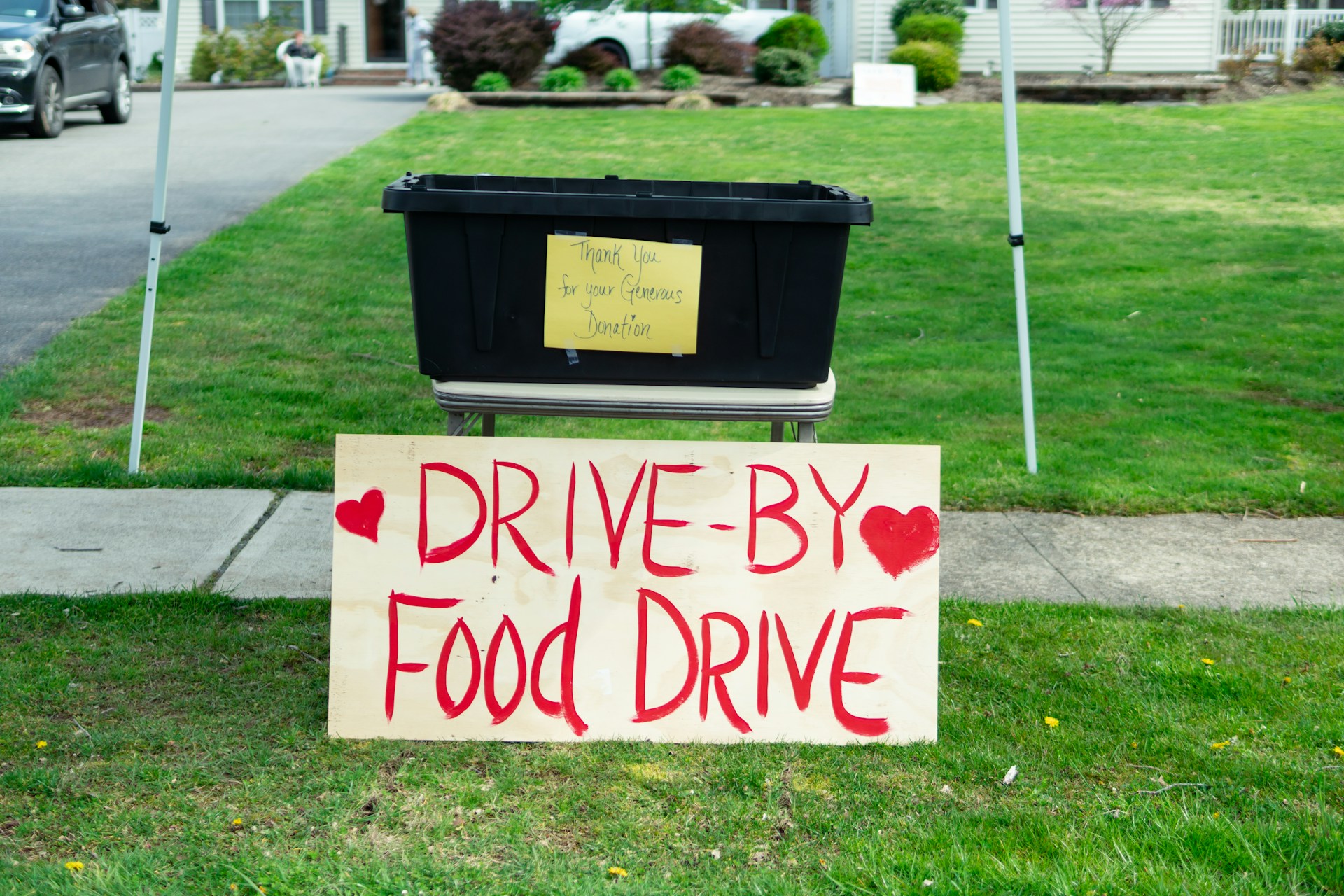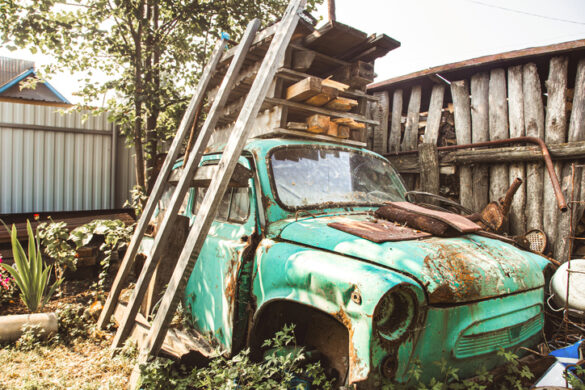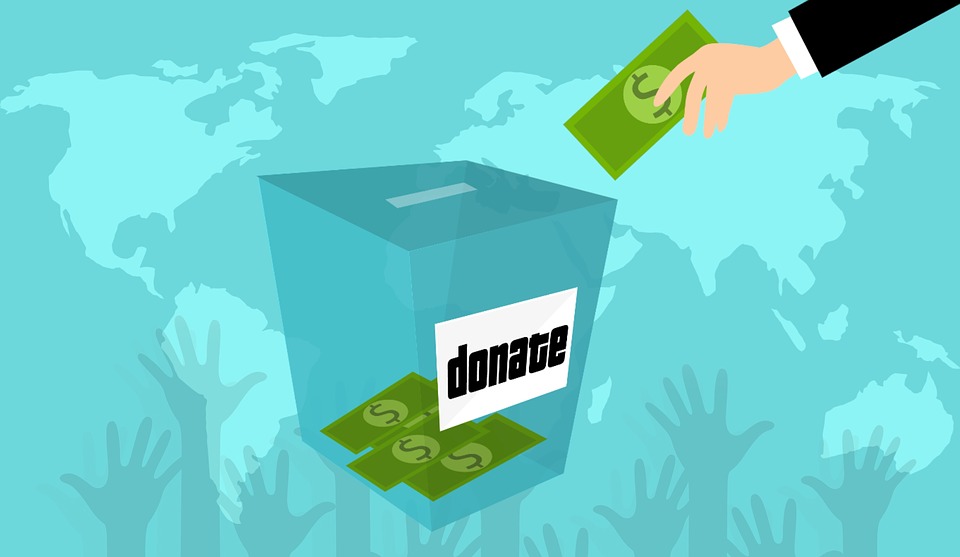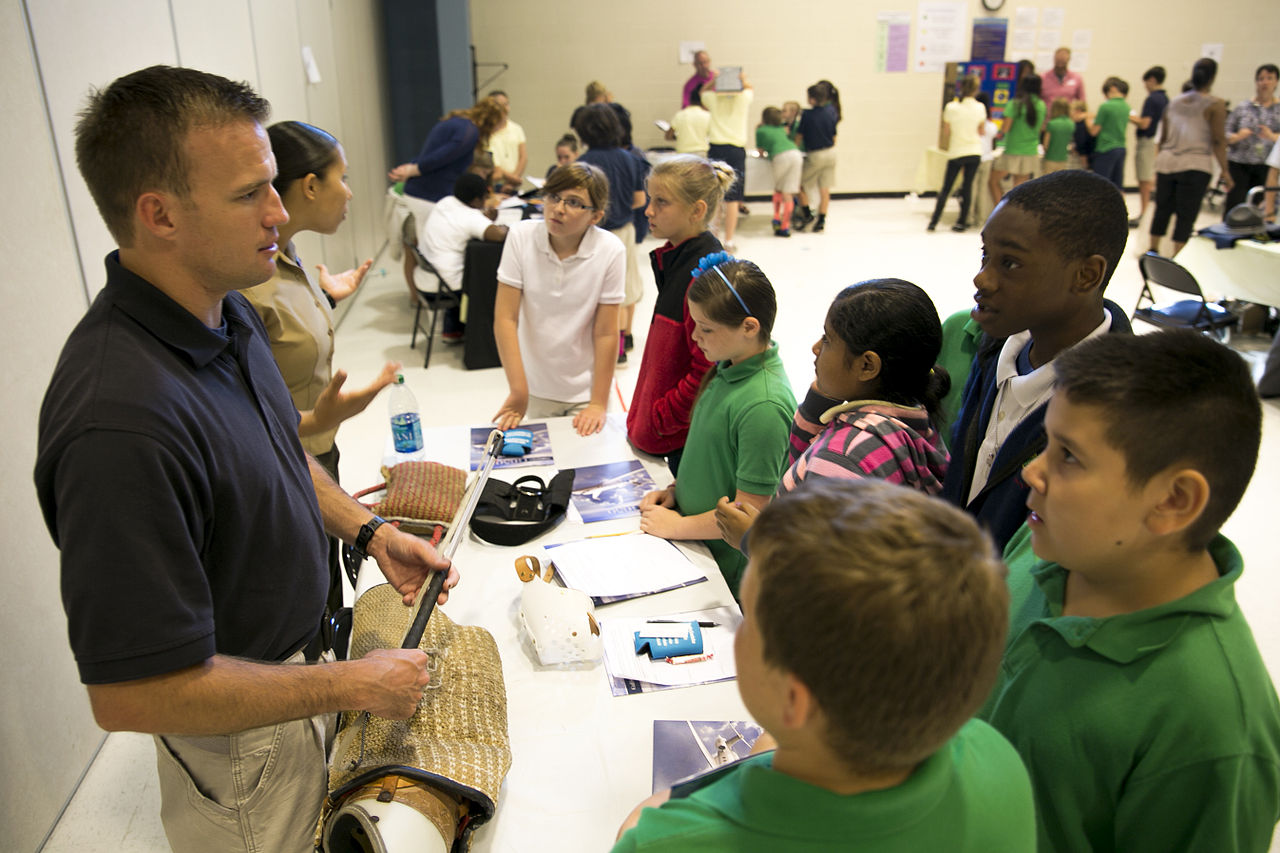 When children participate in donation drives, something remarkable happens that goes way beyond just collecting stuff for people who need it. These experiences turn into real learning opportunities where kids develop critical thinking, emotional smarts, and actually understand what’s happening in their own communities.
When children participate in donation drives, something remarkable happens that goes way beyond just collecting stuff for people who need it. These experiences turn into real learning opportunities where kids develop critical thinking, emotional smarts, and actually understand what’s happening in their own communities.
Here’s the thing – most people focus only on the charitable side of donation drives and completely miss the educational goldmine. But educators and parents who’ve been through this process will tell you the learning that happens is often just as important as the actual donations.
Math Gets Real Fast
Donation drives make math suddenly make sense in a way that workbook problems never could. Kids find themselves doing calculations that actually matter, measuring storage space, and working with real numbers that represent real outcomes.
Take winter donation collections. Students have to figure out how many items different shelters need, compare prices from various suppliers, and track their progress with actual charts and graphs. When they’re researching bulk purchasing options, companies like Bags in Bulk Canada become part of genuine math problems as kids work out the most efficient ways to package and distribute everything they’ve collected.
The budgeting part alone teaches more practical math than most semester-long courses. Students quickly discover that running effective donation drives costs money – collection containers, transportation, storage solutions. These aren’t theoretical problems anymore, they’re calculations that directly impact whether their project succeeds or fails.
Social Studies Actually Matter
Geography becomes interesting when kids have to research which neighborhoods need help most, or when they’re mapping out where all the local shelters and food banks are located. Those demographic statistics they usually ignore in textbooks? Suddenly they represent actual families living nearby.
Research skills develop without anyone really trying to teach them. Students start investigating why homelessness happens, whether different support programs actually work, and how charitable organizations got started in their area. They learn to figure out which sources are trustworthy and how to present what they’ve learned to classmates and parents.
The civics part is pretty powerful too. Students see firsthand how local government, nonprofits, and regular community members work together (or sometimes don’t) to tackle social problems. Most of them get curious about policy decisions and start understanding they could actually play a role in this stuff someday.
Writing With Purpose
Writing skills improve dramatically when students are creating materials for their donation drives. They’re drafting real letters to actual businesses asking for support, designing flyers that people will actually see, and writing thank-you notes to donors who made real contributions. The fake assignments feel pointless after this.
Public speaking happens naturally as students pitch their plans to school administrators, talk to community groups, or explain their efforts to local media. That usual presentation anxiety often disappears when kids feel passionate about what they’re doing.
Reading comprehension gets better because students are researching homelessness statistics they care about, studying successful donation drive examples, and reading feedback from shelter staff about what’s actually needed most. The material feels relevant instead of assigned, which makes a huge difference in how much they absorb and remember.
Problem-Solving Under Pressure
The logistics of donation drives create excellent challenges for developing systematic thinking. Students have to work around storage limitations, figure out how to preserve items that might spoil, and create sorting systems that actually work.
Weather planning for winter drives brings in basic science concepts. Students research temperature patterns, understand how cold affects people without proper shelter, and learn about different materials as they evaluate which donated items provide the best protection.
Environmental connections pop up as students think about what happens to donated items long-term, research sustainable donation practices, and explore how keeping stuff out of landfills helps their local environment.
The Empathy Education
This might be the most important part. Students learn to really consider what life would be like without a stable place to live, decent clothes, or knowing where your next meal comes from.
These experiences often completely change what kids think about homelessness. They discover that homeless people include families with children, adults who work but can’t afford rent, and people facing temporary crises rather than personal failures. This builds genuine compassion while developing critical thinking about complicated social issues.
The emotional skills required for organizing donation drives are significant. Students manage disappointment when they don’t meet goals, work through conflicts during planning sessions, and keep themselves motivated through long projects that sometimes feel overwhelming.
Character Building That Sticks
Kids who participate in well-run donation drives often report feeling more confident about their ability to create positive change. They develop a real sense that they can contribute meaningfully to solving problems that seem too big for adults to handle.
The teamwork skills transfer to everything else. Students learn to divide up responsibilities, hold each other accountable, and celebrate group achievements rather than just individual success.
Many participants describe these experiences as turning points that influenced their career interests or volunteer commitments later. The hands-on nature makes abstract ideas about social responsibility feel concrete and personally meaningful.
Why This Learning Lasts
The real-world nature of donation drives creates memories that stick around much longer than traditional classroom lessons. Students remember information better when they’ve gathered it for genuine reasons and used it to solve actual problems.
Everything connects naturally. Math supports social studies research, which feeds into writing projects, which connect to science applications. This integration reflects how knowledge actually works in the real world rather than the artificial subject divisions schools usually create.
When schools and families treat donation drives as comprehensive learning experiences instead of just charitable activities, the educational benefits multiply like crazy. Students develop academic skills while building character, create positive community impact while gaining practical experience, and learn to see themselves as people who can actually contribute to solving social problems.
The most successful educational donation drives balance guidance with letting students take ownership. Enough structure to ensure success, but plenty of room for young people to make real decisions about planning and implementation. This combination creates powerful learning experiences that benefit everyone involved for years to come.


